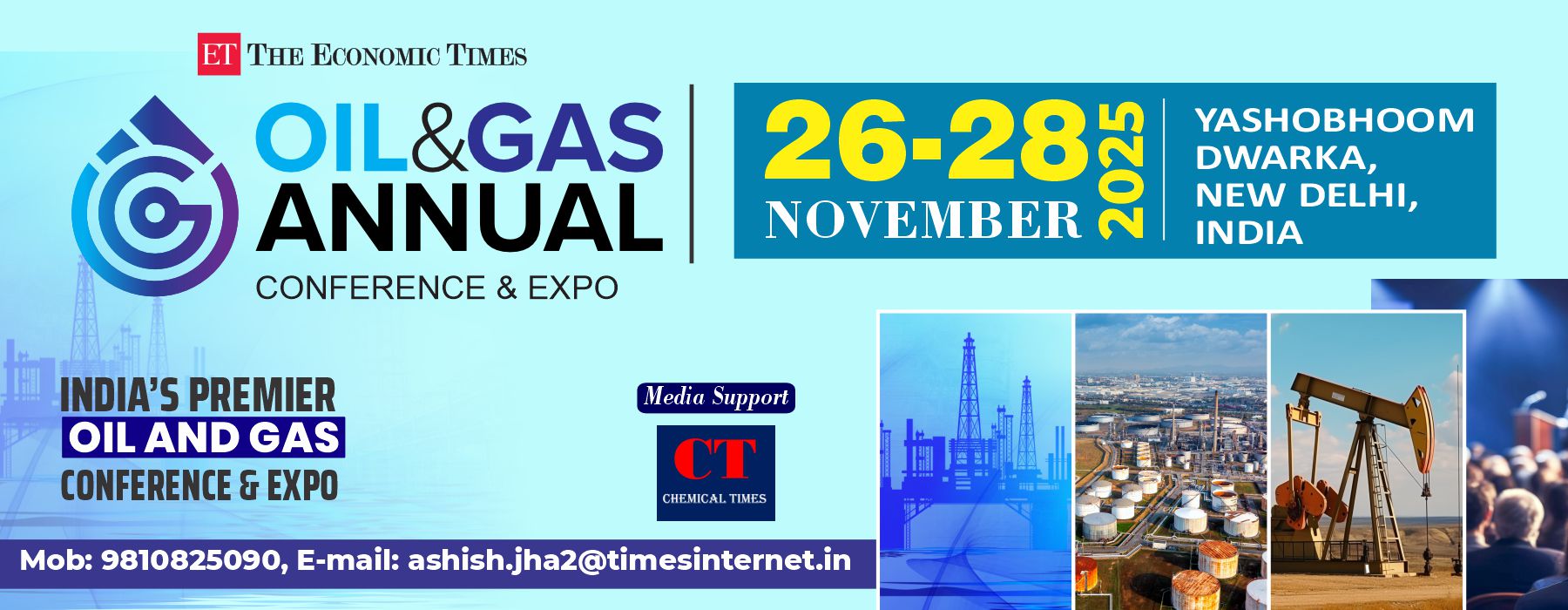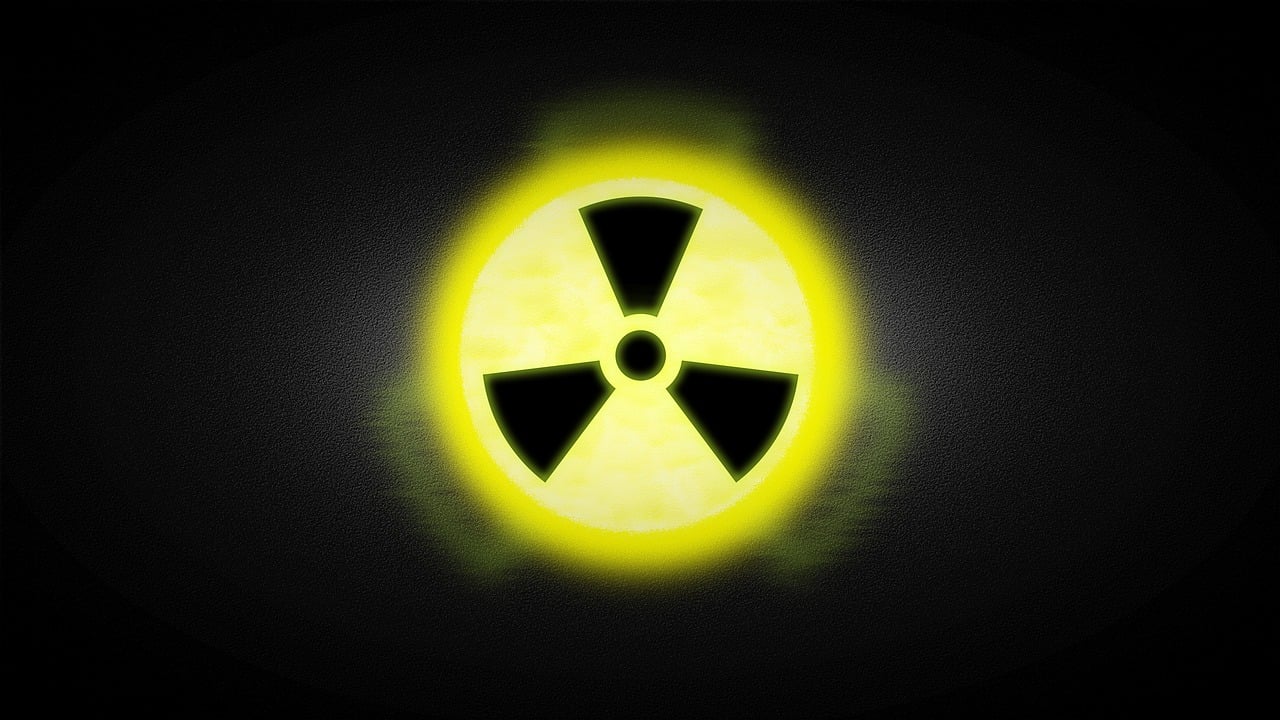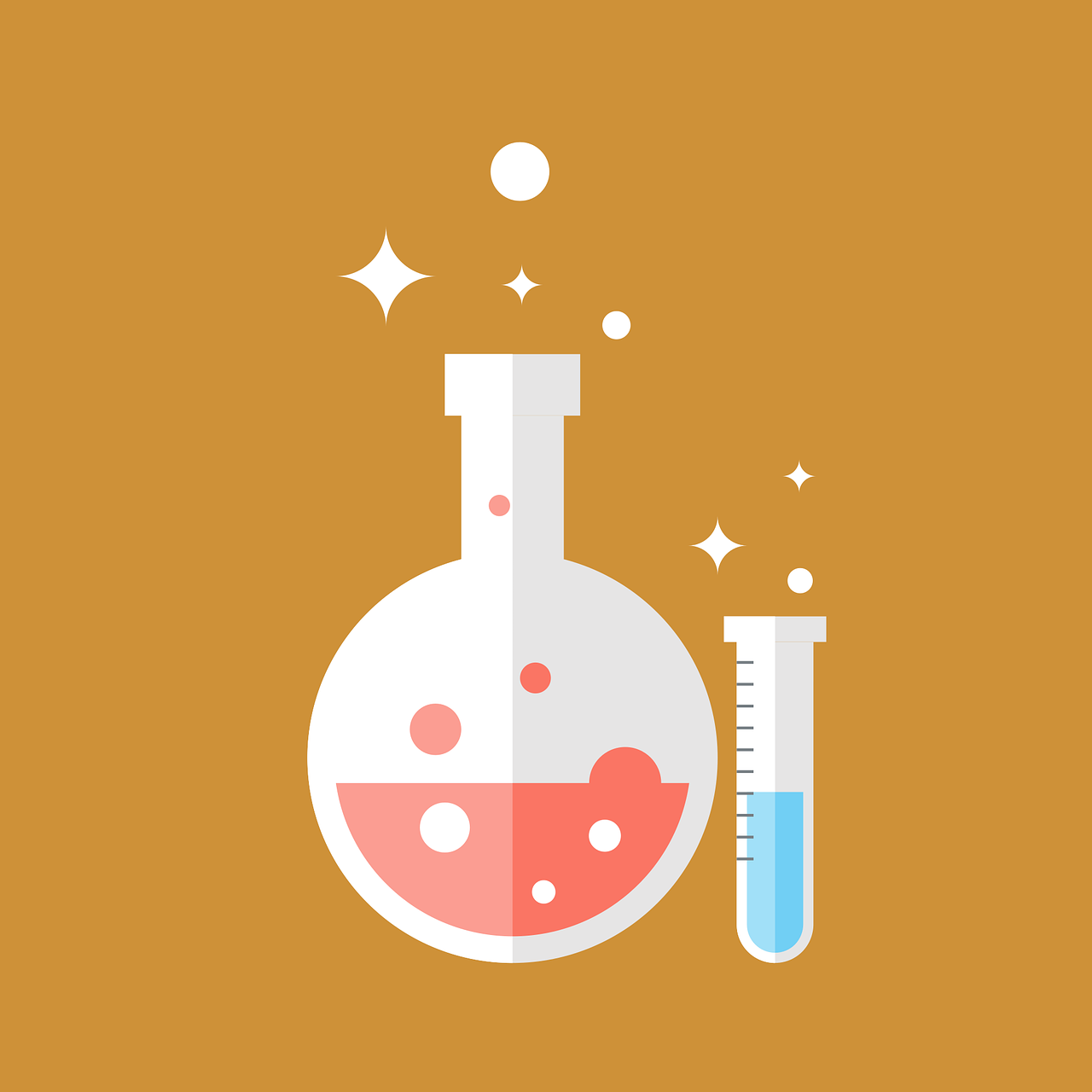Chemical engineering, as a discipline, is evolving rapidly to meet the demands of a world undergoing profound transformations. With challenges like climate change, resource depletion, supply chain instability, and shifting regulatory landscapes, chemical engineers are uniquely positioned to drive sustainable, technological, and economic progress. In 2025, several key trends are defining the future of the industry—trends that no chemical engineer, researcher, or industry leader can afford to ignore.
Let’s dive into the top chemical engineering trends of 2025 that are reshaping the field from the ground up.
1. Sustainability, Green Chemistry, and the Circular Economy
Sustainability is no longer a buzzword—it’s a design requirement. In 2025, chemical engineering is being reimagined through the lens of green chemistry and circular economy principles. There’s a significant push toward reducing environmental impact by shifting from fossil-based feedstocks to renewable, bio-based raw materials such as plant-derived chemicals and biodegradable polymers.
Processes are being designed or retrofitted to produce zero waste or near-zero emissions. Chemical recycling technologies like depolymerization and pyrolysis are gaining momentum, especially to tackle plastic waste by converting it back into useful raw materials.
The circular economy model—where materials are reused, recycled, and reintegrated into production loops—is taking precedence in both research and industrial practice. Engineers are developing closed-loop systems and cradle-to-cradle manufacturing methods, focusing on durability, recyclability, and minimal environmental harm.
2. Decarbonization and the Global Energy Transition
One of the most critical challenges chemical engineers are addressing in 2025 is decarbonization. This involves reducing greenhouse gas emissions across the lifecycle of chemical products and energy-intensive processes. Carbon capture, utilization, and storage (CCUS) technologies are being deployed more widely, with a focus on converting captured CO₂ into value-added chemicals, fuels, or construction materials.
Green hydrogen production—especially via water electrolysis using renewable energy—is also a hot area. It offers a pathway to decarbonize heavy industry, power generation, and transport sectors. Chemical engineers are improving electrolyzer efficiency, storage technologies, and the integration of hydrogen into existing infrastructures.
Moreover, the electrification of traditionally fossil-fuel-driven chemical processes is being explored. By replacing heat-based operations with electrically powered alternatives (using renewables), industries can lower both their energy consumption and emissions.
3. Digitalization, AI, and Data-Driven Innovation
Digital transformation has made a significant impact on the chemical engineering domain. In 2025, artificial intelligence (AI), machine learning (ML), and data analytics are now integral to process design, control, and optimization.
Predictive modeling and real-time analytics are helping engineers anticipate equipment failures, optimize reactor conditions, and reduce energy consumption. AI algorithms can evaluate massive data sets from sensors and industrial Internet of Things (IIoT) systems to predict outcomes and enhance process reliability.
One standout innovation is the use of digital twins—virtual replicas of physical processes or systems. These allow engineers to simulate new process designs, test operational changes, and even train personnel in a virtual environment before implementing anything on the ground.
This trend enhances productivity, reduces operational risks, and supports better decision-making across the chemical value chain.
4. Advanced Materials, Nanotechnology, and Specialty Chemicals
Chemical engineers in 2025 are at the forefront of materials science. With demand for high-performance and sustainable materials surging, the focus is on developing lightweight composites, advanced polymers, nanomaterials, and energy storage materials like solid-state batteries.
Nanotechnology, in particular, is enabling breakthroughs in areas such as coatings, drug delivery, water purification, and electronics. These materials offer novel properties—such as conductivity, thermal resistance, or self-healing capabilities—unavailable through conventional chemistry.
There’s also a boom in specialty chemicals, tailored for high-value industries like pharmaceuticals, agriculture, and electronics. Engineers are devising precision-controlled synthesis methods to ensure purity, performance, and scalability of such products.
5. Process Intensification and Efficiency Optimization
Process intensification—making processes smaller, safer, and more efficient—is a core focus area in 2025. Traditional large-scale, energy-intensive chemical plants are being replaced or retrofitted with compact, modular systems that deliver higher throughput with lower environmental and capital costs.
Techniques such as microreactors, reactive distillation, membrane separation, and multi-functional reactors are being employed to minimize energy use, reduce raw material consumption, and enhance reaction yields.
Furthermore, bio-based catalysis and enzyme engineering are opening new doors. Synthetic biology-inspired pathways are allowing the use of biological systems to perform complex chemical transformations more efficiently and under milder conditions.
6. Supply Chain Resilience and Localization
Recent global disruptions—ranging from pandemics to geopolitical tensions—have exposed the fragility of chemical supply chains. In response, 2025 is seeing a strategic shift toward regionalized or localized production.
Chemical companies are investing in reshoring and nearshoring of key processes and manufacturing plants to reduce dependency on global suppliers. There is also a focus on digital traceability—tracking raw materials and products through blockchain or other technologies to ensure transparency and accountability.
Such changes help build resilience, reduce logistical emissions, and meet increasingly stringent regulatory and customer expectations for supply chain transparency.
7. Environmental Regulation, ESG, and Consumer Pressure
Environmental, Social, and Governance (ESG) performance is now a boardroom priority. Regulators across the globe are enforcing stricter standards around emissions, waste disposal, toxic substance use, and carbon accounting.
Consumers, too, are demanding safer, greener products. In 2025, companies are being evaluated not just on profits, but on sustainability metrics. Chemical engineers must now factor in lifecycle assessments, carbon footprints, and compliance with global ESG standards in their designs and decision-making.
Moreover, transparency in reporting and data accuracy is being driven by investors, regulators, and clients alike. Chemical engineering must integrate business, policy, and ethics into its framework more than ever before.
8. Biotechnology and Synthetic Biology Integration
One of the most exciting frontiers for chemical engineering in 2025 is the merger with biotechnology. Engineers are working alongside biologists and geneticists to design synthetic organisms or enzymes that perform targeted chemical transformations.
Biorefineries, which process biomass into fuels, chemicals, and materials, are becoming viable at commercial scales. These offer alternatives to petroleum-based production, often with lower energy inputs and emissions.
Microbial production of high-value chemicals—such as amino acids, vitamins, and specialty polymers—is seeing breakthroughs in productivity and efficiency. This trend blurs the line between biology and chemical engineering, opening vast possibilities for innovation.
9. Emerging Reaction and Solvent Technologies
Traditional solvents—often volatile, toxic, and environmentally harmful—are being replaced or minimized. In 2025, the industry is pivoting toward solvent-free reactions or the use of environmentally benign options like water, ionic liquids, and supercritical fluids.
Mechanochemistry, where reactions are driven by mechanical forces rather than heat or solvents, is gaining traction. It allows solid-state reactions to occur under ambient conditions, reducing energy needs and waste generation.
These trends contribute to more sustainable process development, aligning closely with both regulatory requirements and environmental ethics.
10. Evolving Skillsets and the Chemical Engineering Workforce
The role of a chemical engineer is being redefined. Beyond core process design and thermodynamics, the modern engineer is expected to understand data science, artificial intelligence, biotechnology, environmental regulations, and more.
As older generations retire and new technologies emerge, the demand for a multidisciplinary skillset is rising. Educational institutions are adjusting curricula to include programming, data analytics, systems thinking, and sustainability-driven design.
Soft skills—such as leadership, adaptability, and cross-functional communication—are also in high demand. Engineers are no longer just technical experts; they are decision-makers, sustainability champions, and innovation drivers.
Conclusion: The Future is Multidisciplinary, Data-Driven, and Green
2025 marks a pivotal moment for chemical engineering. From digitalization to decarbonization, from synthetic biology to nanotechnology, the field is embracing complexity and cross-discipline collaboration.
The chemical engineer of the future must be agile, tech-savvy, and sustainability-focused. By keeping pace with these evolving trends, professionals and organizations can not only remain competitive but play a transformative role in solving the grand challenges of our time.
Whether you are a student, researcher, industry veteran, or policymaker, these trends highlight the need for continuous learning, innovation, and responsible action. Chemical engineering in 2025 is not just about reactions and equations—it’s about creating a cleaner, smarter, and more resilient world.















